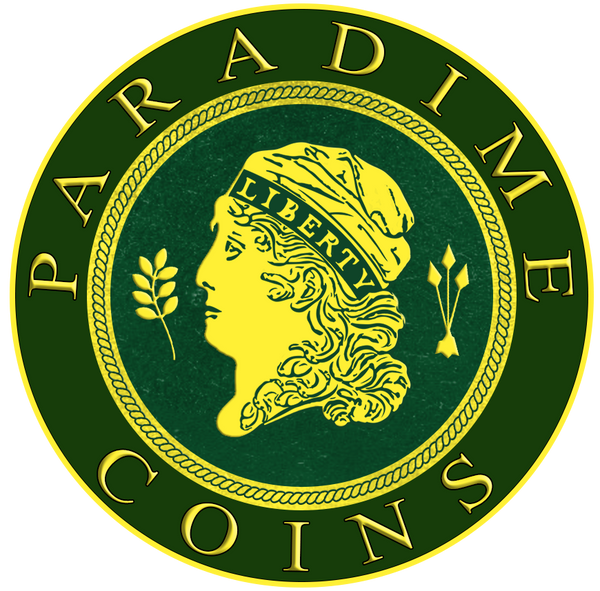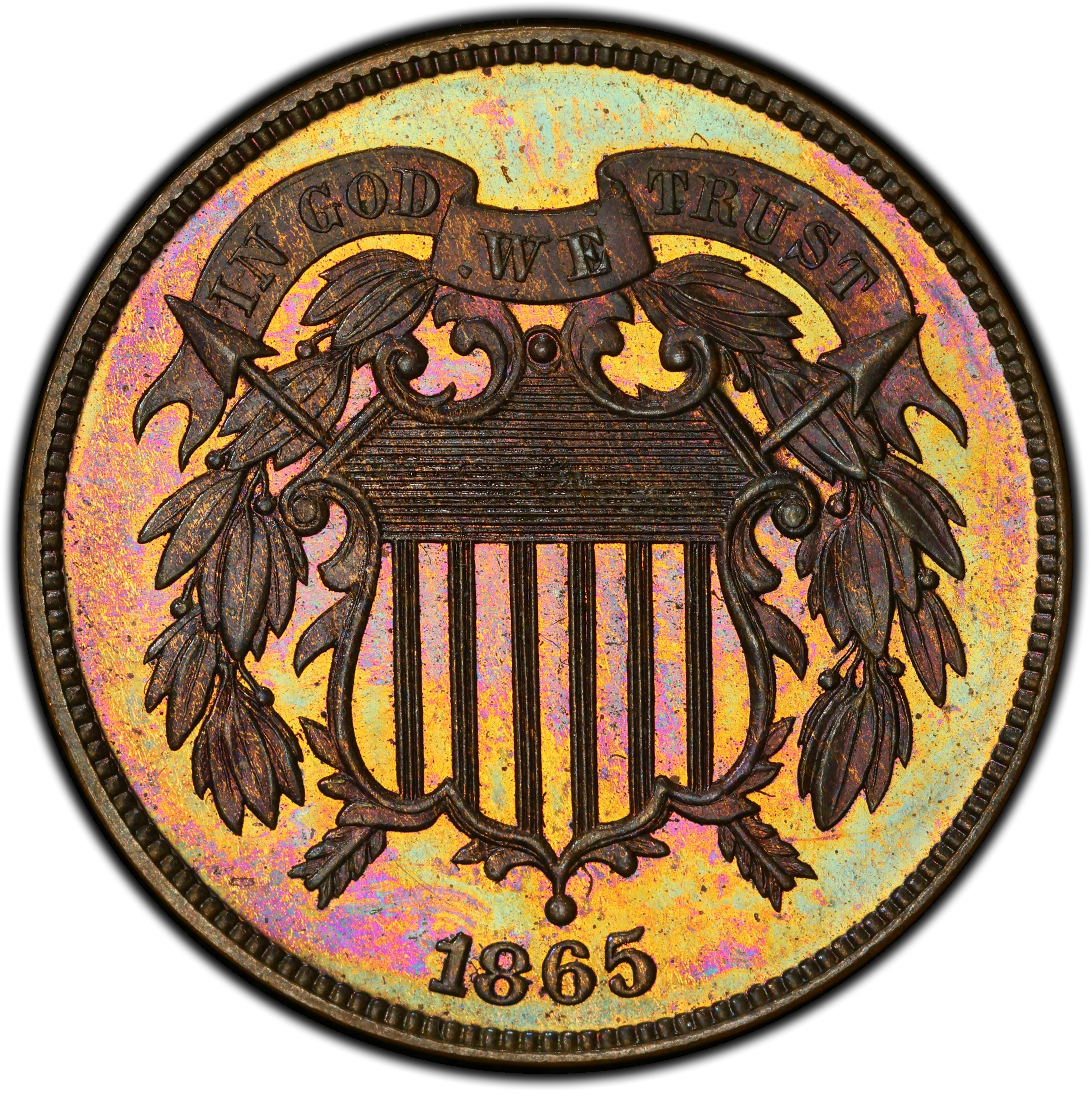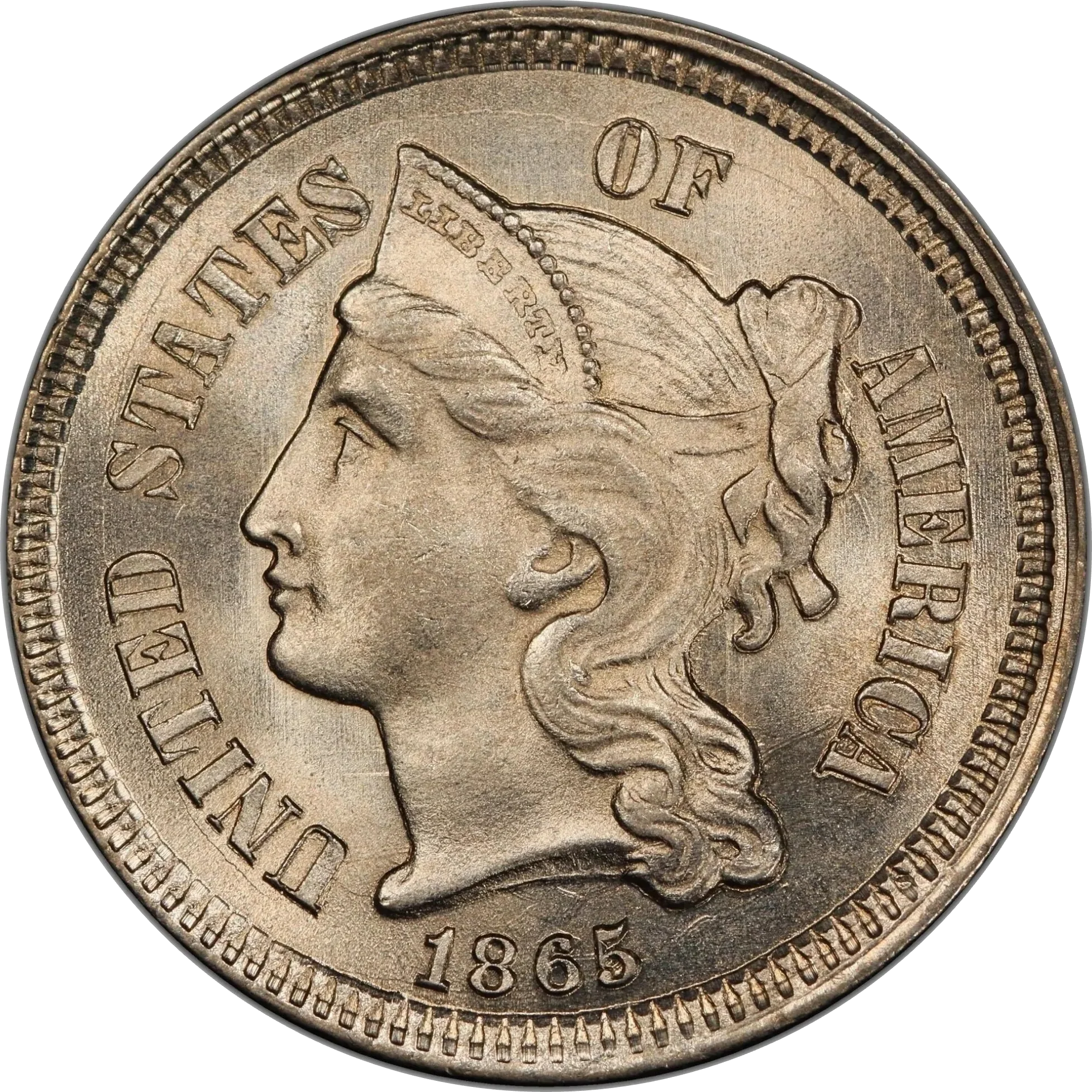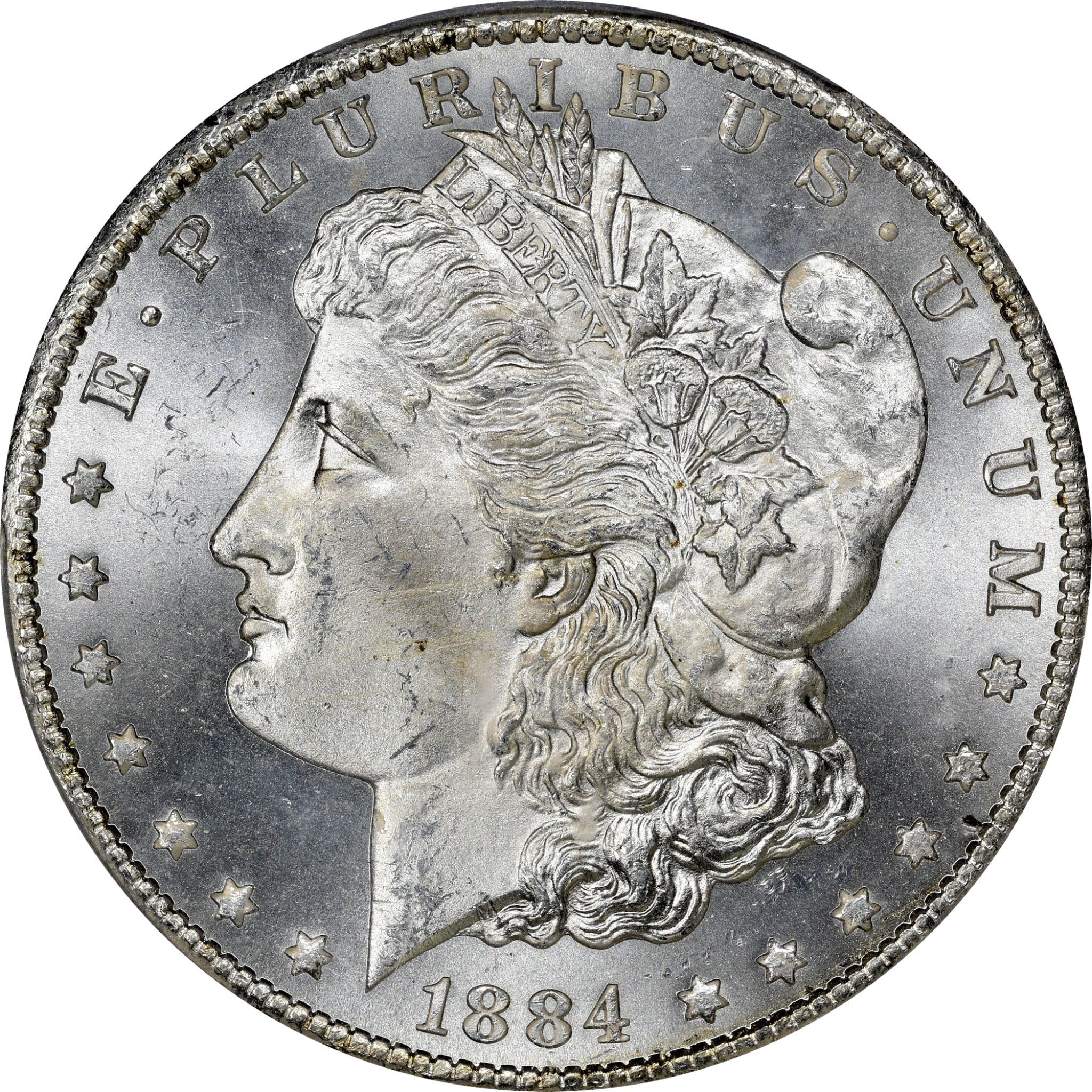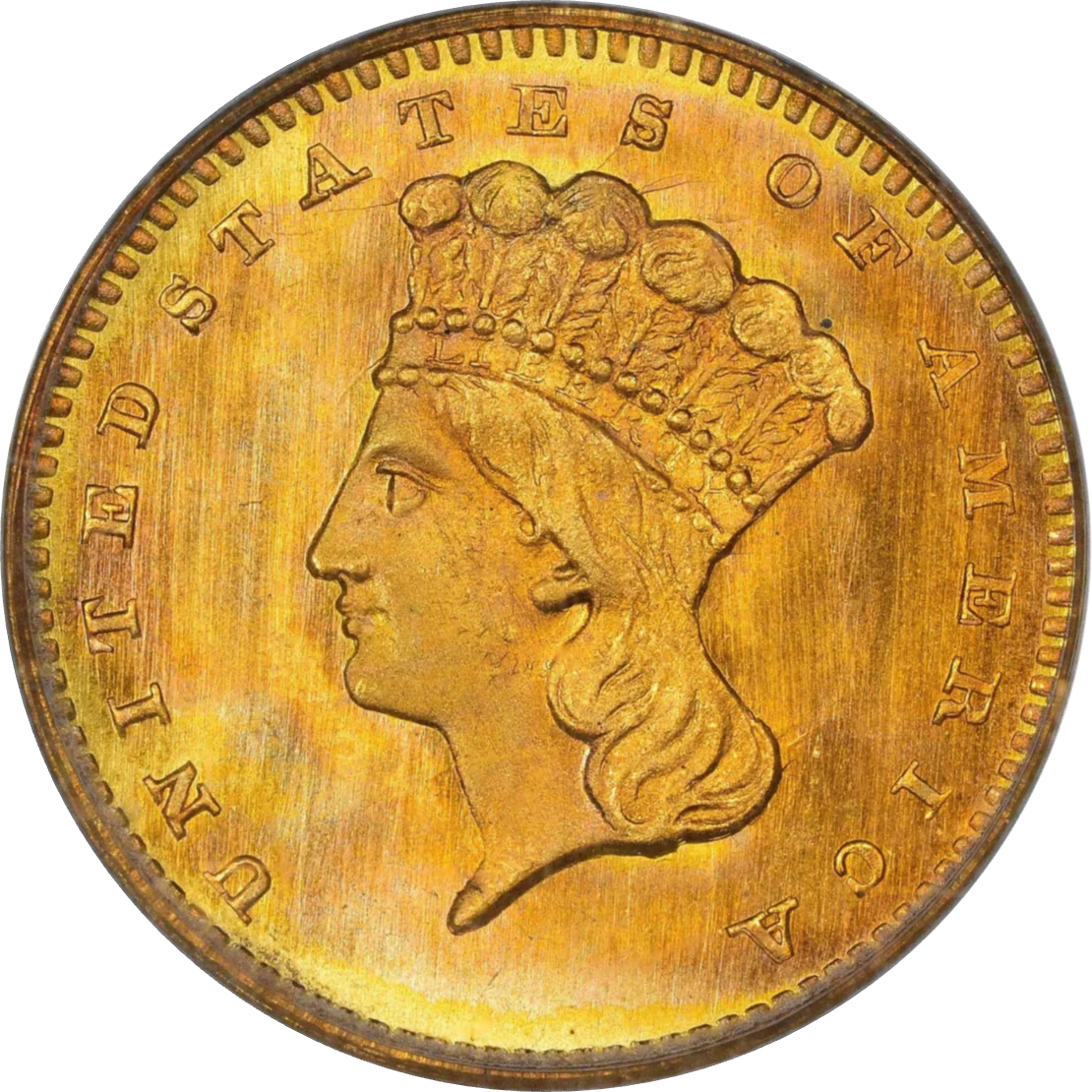Collection: Type 1, No Stars Below Eagle
No products found
View All Inventory
Designed by: Hermon A. MacNeil
Issue Dates: 1916-1917
Composition: 90% silver, 10% copper
Diameter: 23.4 mm
Weight: 6.25 grams (96.45 grains)
Edge: Reeded
Business Strike Mintage: 12,253,200
Proof Mintage: None
1916–1917 Standing Liberty Quarter – Type I | Full Head High Relief | Key Date & Classic Design
The ... Read More
Designed by: Hermon A. MacNeil
Issue Dates: 1916-1917
Composition: 90% silver, 10% copper
Diameter: 23.4 mm
Weight: 6.25 grams (96.45 grains)
Edge: Reeded
Business Strike Mintage: 12,253,200
Proof Mintage: None
1916–1917 Standing Liberty Quarter – Type I | Full Head High Relief | Key Date & Classic Design
The Standing Liberty Quarter Type I, introduced in 1916 and continued briefly into early 1917, marks one of the most iconic and artistically admired designs in U.S. coinage history. Sculpted by Hermon A. MacNeil, this short-lived type replaced the Barber quarter with a bold new Liberty motif that drew both praise and controversy.
The obverse features Miss Liberty standing in a gateway, her shield in her left hand and an olive branch in her right—symbolizing both defense and peace. The motto IN GOD WE TRUST is engraved on the parapet walls behind her, and LIBERTY arcs across the top. Below her feet is a raised pedestal displaying the date. On the reverse, a majestic eagle flies to the right, flanked by 13 stars (seven left, six right), with the legends UNITED STATES OF AMERICA, E PLURIBUS UNUM, and QUARTER DOLLAR.
This Type I design is further distinguished by the absence of chain mail on Liberty’s torso, a feature later added in mid-1917 to address public concerns over the partially nude depiction. The resulting design change in 1917 created the Type II Standing Liberty Quarter, making the original 1916–1917 Type I issues a distinct and sought-after subtype.
Why Collect the 1916–1917 Standing Liberty Quarter?
-
1916 Key Date: With a mintage of only 52,000 coins, the 1916 issue is a coveted rarity. Uncirculated examples are especially prized, often trading at significant premiums.
-
1917 Type I: Minted at Philadelphia, Denver, and San Francisco, these coins are far more accessible than the 1916 issue, yet still offer the stunning original design before the mid-year redesign.
-
Bold, High Relief Design: Type I issues are typically well-struck, with better detail than most later Standing Liberty quarters.
Full Head Designation (FH) – A Premium Worth Noting
One of the most desirable strike characteristics for this type is the Full Head (FH) designation. Coins with a sharp strike that shows full detail in Liberty’s hair and the three helmet leaves are certified as FH by PCGS or FT by NGC, bringing a substantial market premium.
Collectors and investors alike seek Full Head Standing Liberty Quarters, especially from the 1916 and early 1917 Type I strikes, which most frequently exhibit the required detail. Some grading services and dealers also describe examples as "75% Full Head" or "95% Full Head" based on visual sharpness—even when not officially designated.
Market Availability and Grades
-
1916 Standing Liberty Quarters: Rare in all grades; even well-worn examples are highly collectible. A few thousand are known in Mint State.
-
1917 Type I Quarters: Common in circulated grades. Uncirculated and Full Head-certified examples are scarce to rare, especially in MS65 and above.
-
Prooflike examples of the 1916 issue exist and are among the most stunning 20th-century silver coins.
This short-lived type is essential for any serious U.S. type set, with its rich historical context, exquisite artistry, and rarity across the condition spectrum. Whether you're searching for a certified Full Head gem, a 1916 key date, or a premium Type I strike, the Standing Liberty Quarter remains a cornerstone of early 20th-century numismatics.
... Read Less